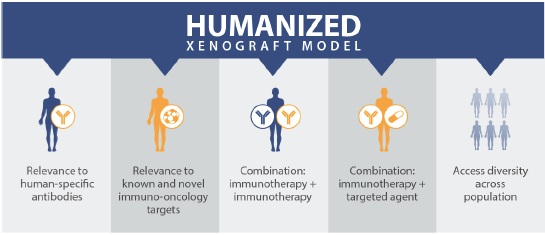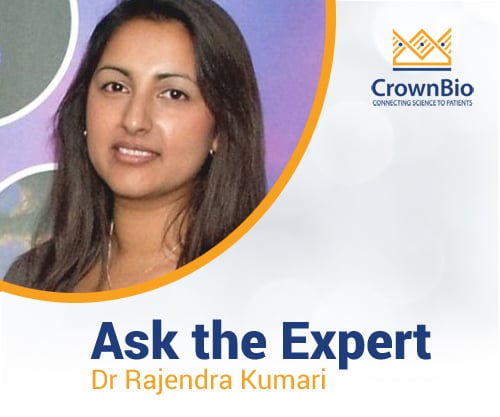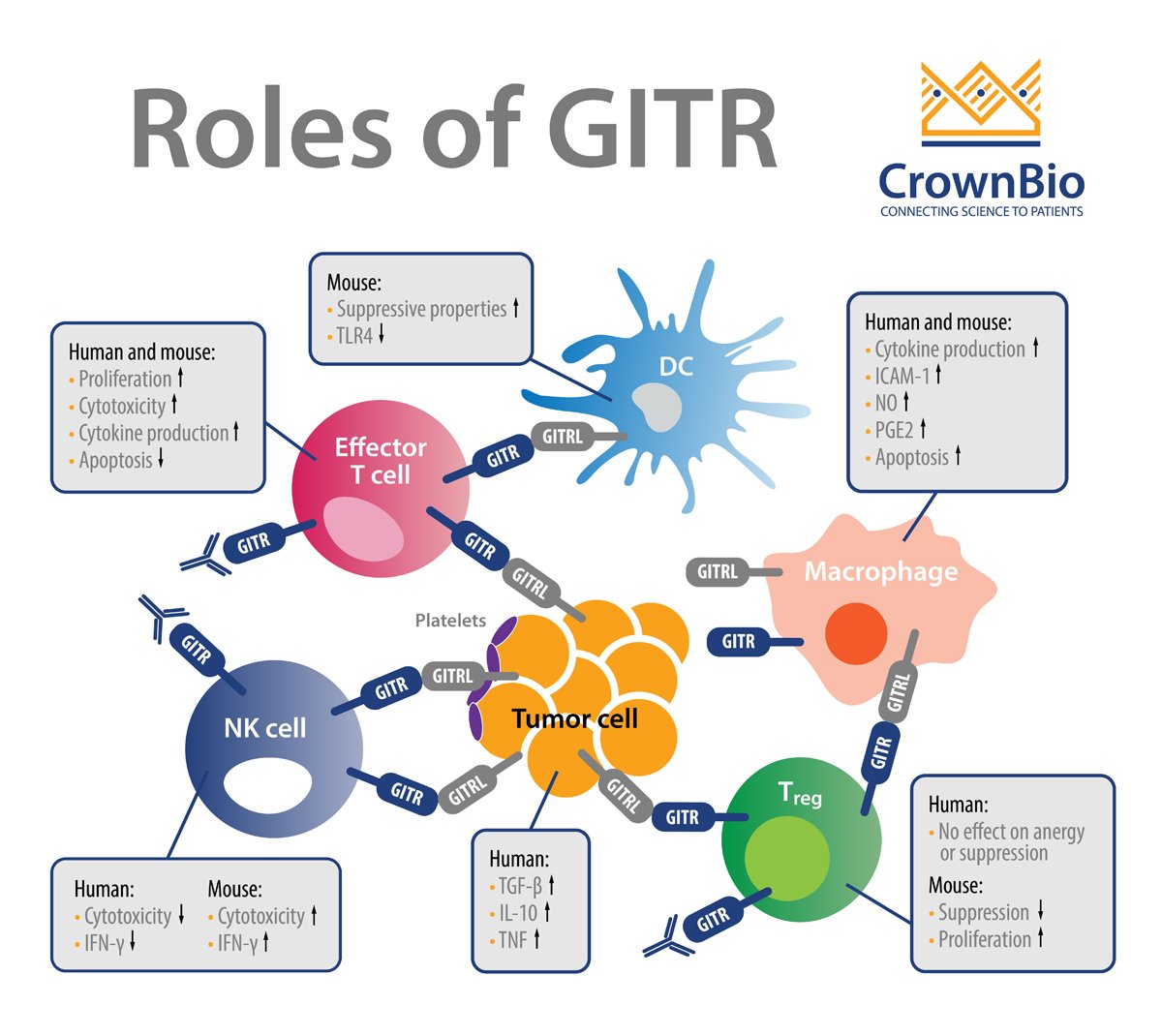 Patient-derived xenografts (PDX) support highly translational preclinical oncology research, but were historically ill-suited for the assessment of most immunotherapeutics. Humanized PDX models bridge this gap by enabling immuno-oncology (I/O) studies in the context of a functional immune system.
Patient-derived xenografts (PDX) support highly translational preclinical oncology research, but were historically ill-suited for the assessment of most immunotherapeutics. Humanized PDX models bridge this gap by enabling immuno-oncology (I/O) studies in the context of a functional immune system.
We explored the use of humanized PDX models and their enormous value in immuno-oncology research in a recent webinar, followed by an engaged and productive Q&A session. This post reviews the top I/O questions raised during the event, with answers from Dr. John MacDougall, Global Director, Scientific Engagement.
Humanized Mice in Immuno-Oncology Webinar FAQ
Do you have to activate T cells to kill cancer cells in culture?
Generally, yes. Naïve T cells need to be activated to become killer cells.
Do the human immune cells used match to a specific cancer patient? And what's the success rate of human immune cell engraftment?
The immune cells that are engrafted into animals are not derived from cancer patients. In this case, they were derived from the engraftment of CD34+ hematopoietic stem cells.
In such experiments, we typically see engraftment rates of greater than 95%.
How well does the humanized mouse model correspond to relevant I/O efficacy readouts without a human spleen, human thymus, human bone marrow, and so on?
It is hard to comment on how important the human immune organs are, or their absence in mice. It is generally accepted that the response seen in preclinical drug trials in these mice is due to the engrafted immune cells.
How much (mouse) stroma do you see and how does it vary between PDX models? How much variability do you see within a model (e.g. for treatment and TGI)? How did you humanize the mice?
We haven't quantified the amount of murine stroma in our PDX models, but it is safe to say that there is heterogeneity among PDX models. The degree of variability depends on the model and the experimental agent.
In this case study, the mice were humanized with CD34+ human hematopoietic stem cells.
When do you engraft the PBMC/CD34+ cells in humanized PDX models, before tumor inoculation or when the tumors are established? How long does it take until mice develop GvHD when humanized with PBMC or with CD34+ cells?
In the case of PBMC engraftment, the PBMCs are typically engrafted at the same time as the cancer cells, though this can vary depending on the circumstances. GvHD typically becomes evident approximately three to four weeks following PBMC engraftment.
In the case of the CD34+ engraftment, the animals will typically take about twelve weeks until they are screened for engraftment, at which time they are ready to be enrolled in a study. The graft is stable in these animals without GvHD for at least one year.
Do all SCLC PDX models have high PD-L1 expression?
In the case study presented, there was a range of PD-L1 expression on the SCLC cells. Seven of the 30 models tested were characterized as "high".
Can you replicate the in vivo matrix you showed us in the immuno-oncology case between different cancers and different immune systems in an ex vivo experiment?
Typically, products such as Matrigel® would be used in the ex vivo setting, should the need for matrix supplementation be desired.
Concerning the use of PDX models in I/O, does CrownBio often run humanized mouse studies with PDX models to test I/O small molecule combinations? For example, with anti-PD-1 checkpoint therapy?
CrownBio has run these types of studies before, please feel free to contact us for more information on these studies.










